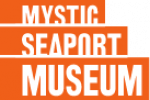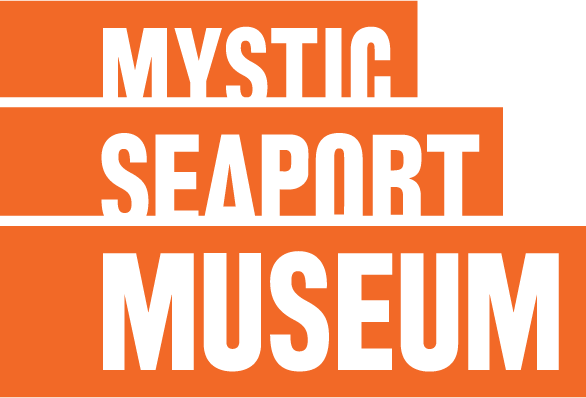
A new study, led by Williams College-Mystic Seaport Maritime Studies Program Professor Emeritus James T. Carlton, documents for the first time that plastic marine debris may be significantly increasing the transport of non-native species across the world’s oceans.
The study appears in the September 29 issue of Science. The analysis of the samples that formed the basis of the study was conducted at the Marine Sciences Center located at Mystic Seaport.
Carlton and his colleagues demonstrate that, since 2012, nearly 300 species of marine life have landed alive on the coasts of North America and the Hawaiian Islands after rafting across the Pacific Ocean on debris swept out to sea by the Japanese earthquake and tsunami of March 2011.
Because the organisms traveled on primarily non-biodegradable objects, such as fiberglass vessels and plastic buoys, they survived far longer than marine scientists predicted. Coastal species were believed to be unable to live for more than two years on the open ocean. However, the Japanese species were still arriving on American shores in 2017, six years after the tsunami.
“This study of a remarkable ocean rafting event of unprecedented magnitude and duration reveals for the first time the profound role that plastic marine debris can now play in transporting entire communities of species in the world’s oceans—for far longer lengths of time than historic dispersal on natural substrates (such as wood) would have been possible,” Carlton says.
More than 10 million tons of plastic waste from nearly 200 countries enter the ocean every year. The authors argue that vastly expanded coastal urbanization has increased the amount of such plastic available to be washed into the sea. Hurricanes and typhoons then sweep the debris into the oceans, as happened when hurricanes struck the Caribbean and Florida Keys in fall 2017. Riding on that waste, a new wave of potential ecological invaders is pushed out to sea, where they often survive for years before landfall.
“These scientists have taken the unusual tack of looking at a natural disaster and coming to new conclusions about how our activities and structures influence species distributions in the oceans,” says David Garrison, program director in the National Science Foundation’s Division of Ocean Sciences, which co-funded the research.

The expected increase in the size and frequency of extreme weather incidents due to global climate change is likely, the authors argue, to significantly increase the amount of debris in the oceans, and, with it, the number of possible ecological invaders. This creates the potential for vast economic costs and environmental impacts.
The research on which the paper is based was a partnership between Carlton, Deborah Carlton, and Megan McCuller, all of the Williams College-Mystic Seaport Maritime Studies Program; John Chapman and Jessica Miller (Oregon State University); Gregory Ruiz and Brian Steves (Smithsonian Environmental Research Center); Jonathan Geller (Moss Landing Marine Laboratories); and Nancy Treneman (Oregon Institute of Marine Biology).
Additional funding for the research came from the Ministry of the Environment of Japan through the North Pacific Marine Science Organization.
About Williams-Mystic
The Williams-Mystic program, managed by Williams College, educates undergraduates via a semester-long academic investigation of the sea, accompanied by original research opportunities and learning experiences at maritime sites throughout the United States. More than 1,700 students from over 100 colleges and universities have participated since the program’s founding in 1977. Williams-Mystic is need-blind, meaning that financial need is not an impediment to admission. for more information, please visit mystic.williams.edu


